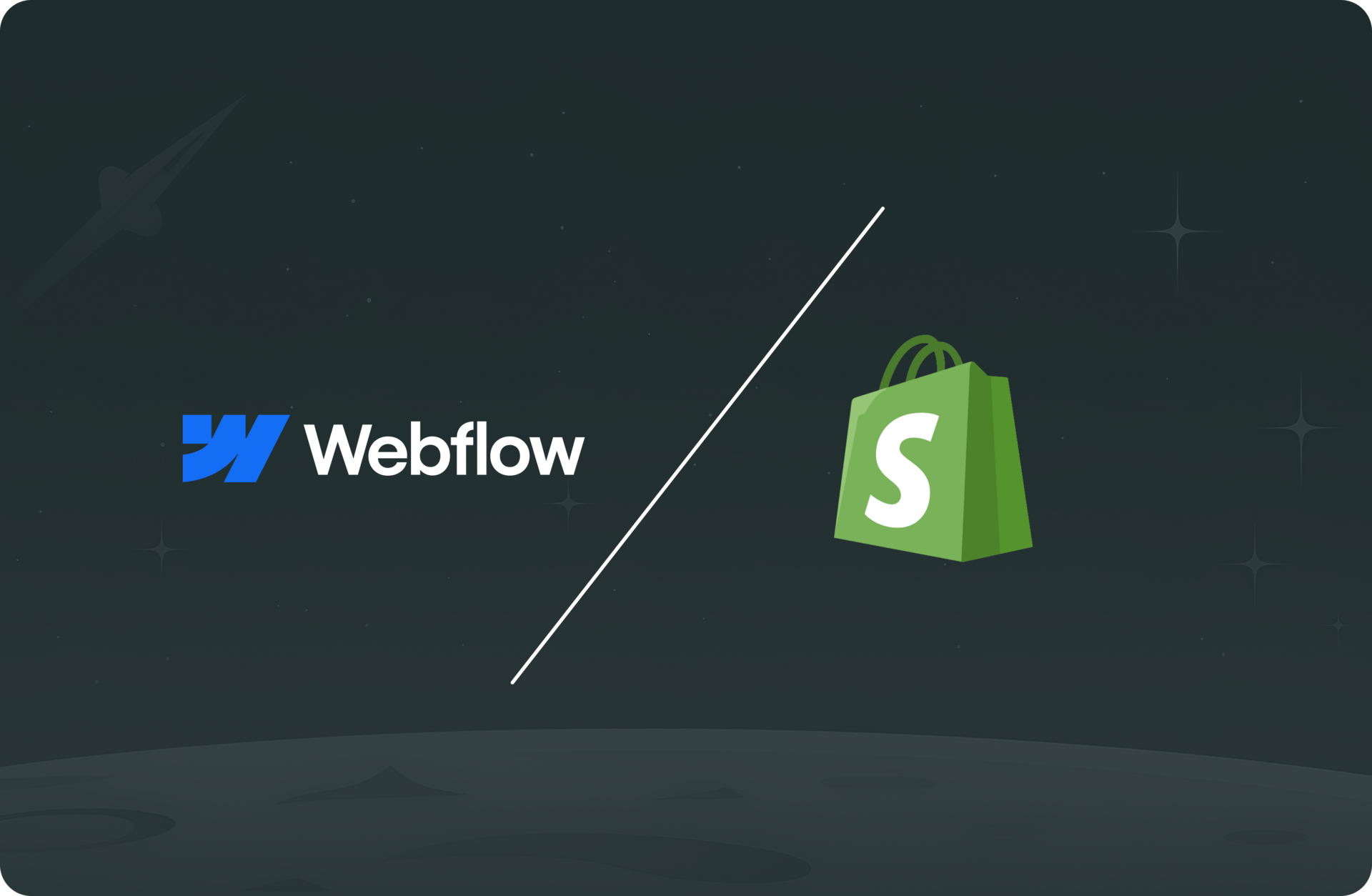This week:
👉 Why most DTC brands leave money on the table with terrible quantity selectors
👉 The psychology behind offer presentation that drives higher AOV
👉 Simple tests that can increase your average order value by 30-50%

I'm going to show you something that'll probably annoy you.
Most DTC brands spend weeks perfecting their product photos, writing the perfect copy, and optimizing their checkout flow.
Then they slap a basic "quantity: 1, 2, 3" dropdown on their product page and call it done.
That simple oversight is costing them 30-50% of potential revenue. Every single day.
The Quantity Selector Psychology
Here's what most brands don't understand: how you present your quantity options directly influences what people buy.
It's not just about letting customers pick how many they want. It's about guiding them toward the purchase that makes the most sense.
The Default Effect
Whatever option you make most prominent becomes the default choice for most customers.
If your single unit is the biggest, most obvious button, guess what most people will buy?
If your 3-pack is highlighted as "Most Popular" with visual emphasis, that becomes the new default.
Anchoring Psychology
The way you structure your pricing creates anchors in people's minds.
Show three options: $29, $49, $79 Most people pick the middle option.
Show those same three options differently: $79 (crossed out $120), $49 (crossed out $75), $29 Now the $79 option looks like incredible value.

What Actually Converts
Visual Hierarchy That Guides Choice
The best quantity selectors don't treat all options equally. They use:
Size differences - Make your preferred option visually larger
Color contrast - Use different backgrounds to highlight value
Badges - "Most Popular", "Best Value", "Limited Time"
Spacing - Give your target option more breathing room
Psychological Pricing Structures
Instead of: 1 for $29, 2 for $58, 3 for $87
Try:
1 bottle: $39 (trial option)
2 bottles: $69 (most popular - save $9!)
3 bottles: $89 (best value - save $28!)
Same margins, completely different psychology.
Risk Reversal in Quantity Options
Build confidence into your quantity choices:
"Buy 3, Get 1 Free + Free Shipping"
"6-Month Supply - Cancel Anytime"
"Try 1 - 30-Day Money Back Guarantee"
Each option addresses different commitment levels and risk tolerance.

The Subscription Selector Revolution
Here's where things get really interesting. The smartest DTC brands aren't just optimizing one-time purchases anymore.
They're using subscription selectors that make recurring revenue feel like the obvious choice.
Why Subscription Selectors Work
Immediate value perception: "Subscribe & Save 30%" vs "One-time purchase" makes the subscription feel like getting a deal, not making a commitment.
Benefit stacking: Smart subscription selectors don't just show price. They show:
Free shipping every month
10% off future orders
Cancel anytime flexibility
Exclusive member benefits
Urgency integration: "Limited Time - VIP price locked for life!" creates urgency around the subscription offer specifically.
Advanced Subscription Selector Strategies
Multiple subscription frequencies: Let people choose delivery every 1, 2, or 3 months. Different people have different usage patterns.
Progressive benefits: Show how benefits increase with longer commitments. 1-month gets 10% off, 3-month gets 15% off plus free shipping.
Risk reversal on subscriptions: "Try subscription risk-free - switch to one-time anytime" removes the fear of being locked in.

Advanced Strategies That Work
The Decoy Effect
Intentionally create an option that makes your target choice look better.
1 month supply: $45
2 month supply: $85 (decoy - terrible value)
3 month supply: $95 (target - amazing value by comparison)
Urgency at the Option Level
Don't just add urgency to your page. Add it to specific quantity options:
"3-Pack: Only 47 left in stock" "6-Month Supply: Shipping delays expected next month"
"2-Pack: What 67% of customers choose" "Family Pack: Perfect for households (most ordered by returning customers)"
Context-Aware Selectors
Tailor your selectors to the traffic source:
Email subscribers: Show loyalty discounts on larger quantities
First-time visitors: Emphasize trial options and guarantees
Retargeting traffic: Focus on urgency and scarcity
What You Should Test This Week
Test 1: Visual Prominence
Take your current quantity options and make one visually dominant. Change colors, size, add a badge. Measure which option gets selected most.
Test 2: Pricing Psychology
Restructure your pricing to emphasize savings on higher quantities. Cross out "regular" prices to show discounts.
Test 3: Option Labels
Instead of "1, 2, 3" try "Starter Pack, Popular Choice, Best Value" or "1-Month, 3-Month, 6-Month Supply"
Add "most popular" badges, customer choice percentages, or testimonials specific to quantity options.
Test 5: Subscription Integration
If you don't have subscriptions, test adding a "Subscribe & Save" option alongside your one-time purchases.
The Revenue Impact
Here's the reality: your quantity selector directly impacts three crucial metrics:
Average Order Value: Better selectors guide people toward higher-value purchases Customer Lifetime Value: Subscription selectors create recurring revenue streams
Conversion Rate: Removing friction and adding confidence increases overall conversions
Small changes in selector design often have bigger revenue impacts than major site redesigns.
Your Action Plan
Pick TWO tests from above and implement them this week:
One visual change: Badge your preferred option as "Most Popular" or "Best Value"
One psychological change: Restructure pricing to show savings or add subscription options
Track not just conversion rate, but average order value and total revenue per visitor.
You might find that a small change in how you present quantity options has a bigger impact on your bottom line than months of other optimizations combined.
What quantity selector format is working best for your brand right now? Hit reply and let me know what you're testing. Always curious to see what's working in different industries.
Talk soon, Ryan
P.S. The brands that really scale don't just optimize for conversions. They optimize for revenue per visitor. Your quantity selector is one of the highest-leverage places to focus that effort.



Social Proof Integration